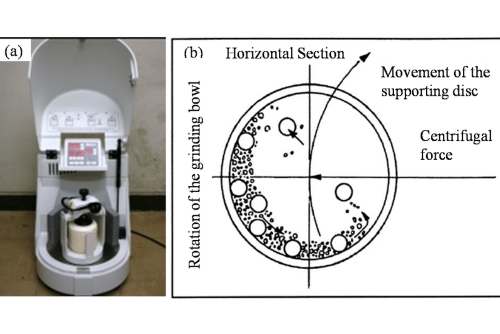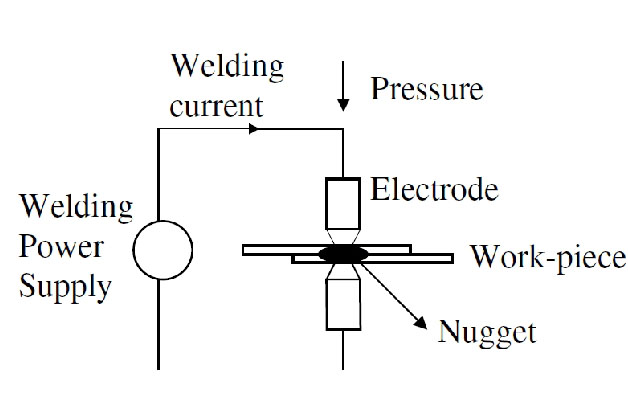Types of Indium Alloys and Their Applications
Indium and Indium Metals
Indium is a rare, soft metal with atomic number 49. It has a low melting point of 156.6°C. The metal is highly malleable and ductile and displays a silvery appearance. Indium is used in electronics and optics. It occurs in small quantities in zinc ores. Various industrial processes incorporate indium because it combines effectively with other metals. Experience in both chemistry and engineering has demonstrated that indium exhibits distinctive physical properties.
Types of Indium Alloys
Several types of indium alloys exist, each with quantifiable properties. One common alloy is Indium-Tin. This alloy is employed for very low temperature soldering. Its specific blend produces effective wetting on surfaces. Another alloy is Indium-Silver, which is used for high-reliability electronic connections. A further alloy is Indium-Gallium, which remains liquid at room temperature. It is utilised in soft robotics and flexible electronics.
Indium alloys are often combined with other metals. In certain industrial applications, indium alloys incorporate copper or gold to enhance electrical conductivity and corrosion resistance. Analysis in mechanics has confirmed that these alloys yield durable electrical contacts in electronic assemblies.
Further reading: Indium: Element Properties and Uses
Applications and Uses
Indium alloys find application in a range of industrial processes. Low temperature soldering is one measurable use. Indium-Tin alloy is frequently used to join sensitive components on circuit boards. Indium is also integrated into flat panel displays; the metal appears in touch screens and liquid crystal displays. In the solar industry, indium is present in copper indium gallium selenide, which is incorporated in thin film solar panels.
Thermal interface materials incorporate indium alloys. The low melting point of indium permits void filling in surface contacts, thereby enhancing heat transfer in devices such as computers and high-performance electronics. In aerospace and defence, indium alloys serve as effective bonding materials and maintain performance under extreme temperatures.
Indium alloys also contribute to flexible electronics. Their ductile nature and consistent conductivity allow the production of bendable circuits. Consequently, they are employed in wearable technology and medical devices. Such applications require quantifiable mechanical strength and flexibility.
Further reading: Indium Applications Across Industries: A Comprehensive Overview
Summary Table
|
Alloy Type |
Composition |
Melting Point (°C) |
Key Properties |
Typical Applications |
|
Indium-Gallium (e.g. Galinstan) |
~68% Ga, ~22% In, ~10% Sn |
~−19 |
Liquid at room temperature, non-toxic, high wettability |
Thermometers, heat transfer fluids, soft robotics |
|
Indium-Tin (e.g. In-52Sn) |
52% In, 48% Sn |
~118 |
Effective wetting, soft solder |
Soldering for glass, ceramics, thermal interfaces |
|
Indium-Silver |
Variable In–Ag blends |
>140 |
High conductivity, strong mechanical bonding |
High-reliability electronics, aerospace solder |
|
Indium-Bismuth (e.g. In-57Bi) |
~57% Bi, ~26% In, balance Sn/Pb |
~79–100 |
Low melting, eutectic, suitable for delicate parts |
Fusible links, low-temperature soldering |
|
Indium-Cadmium |
~50–60% In, balance Cd |
~150–200 |
Radiation shielding, low vapour pressure |
Nuclear, aerospace, X-ray shielding |
|
Indium-Lead |
Varies |
~120–200 |
Traditional soft solder (usage is now reduced owing to RoHS guidelines) |
Legacy electronics, vacuum seals |
|
Indium-Zinc |
~90% In, ~10% Zn |
~150 |
Corrosion resistance, oxide bonding |
Glass sealing, metal-glass bonding |
For further technical information and support, please visit Stanford Advanced Materials (SAM).
Conclusion
Indium and its alloys have demonstrated their utility over time. Their characteristics, including a low melting point, ductility, and reliable adhesion, ensure suitability in numerous applications. For example, they are utilised in soldering microelectronic components and in bonding parts in aerospace constructions.
Frequently Asked Questions
F: What properties enable the use of indium alloys in soldering?
Q: The alloys exhibit a low melting point and effective wetting behaviour, which facilitates the formation of reliable joints.
F: In what way does Indium-Gallium support flexible electronics?
Q: Its liquid state at room temperature permits the production of bendable circuits and soft robotic components.
F: Are indium alloys employed in renewable energy applications?
Q: Indium alloys are integral in thin film solar panels, for instance in copper indium gallium selenide systems.

 Bars
Bars
 Beads & Spheres
Beads & Spheres
 Bolts & Nuts
Bolts & Nuts
 Crucibles
Crucibles
 Discs
Discs
 Fibers & Fabrics
Fibers & Fabrics
 Films
Films
 Flake
Flake
 Foams
Foams
 Foil
Foil
 Granules
Granules
 Honeycombs
Honeycombs
 Ink
Ink
 Laminate
Laminate
 Lumps
Lumps
 Meshes
Meshes
 Metallised Film
Metallised Film
 Plate
Plate
 Powders
Powders
 Rod
Rod
 Sheets
Sheets
 Single Crystals
Single Crystals
 Sputtering Target
Sputtering Target
 Tubes
Tubes
 Washer
Washer
 Wires
Wires
 Converters & Calculators
Converters & Calculators
 Write for Us
Write for Us





 Chin Trento
Chin Trento



